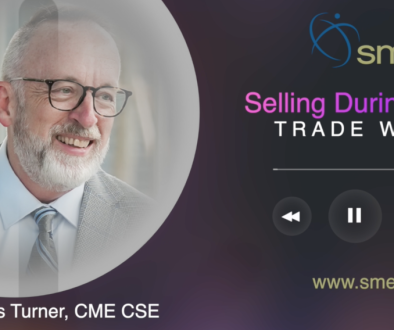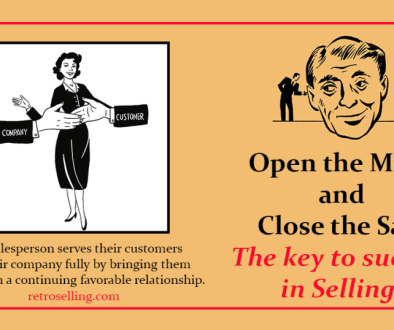Early Guerrilla Marketing Tactics of Salesforce.com
Salesforce.com employed guerrilla marketing tactics early on. Budding entrepreneurs all over the world have elegant and innovative ideas. However, they struggle with the obstacles they face in their journey to turn their business into a commercial success. Worse still, each one thinks that they are alone in their fights. However, every entrepreneur goes through the same pain points. The story of Salesforce.com provides some valuable lessons that start-ups can learn. Although they are practical, it requires a mindset that embraces a radical approach to doing business. It that departs sharply from the more traditional one. Study them carefully and customize it for your businesses.
Stand out with a purpose
In 2000, at the salesforce.com launch party in San Francisco at the Regency Theatre, what stood out was the theme about waging war against the traditional way of delivering software services. They turned the lowest level of the theater into an inferno with actors locked up inside cages playing captured and frustrated enterprise salespeople. They were screaming, “Help, get me out,” “Sign this million-dollar license agreement. I need to make my quota!” etc. After the more than fifteen hundred attendees had worked their way through this hell, they went to the top floor. The place represented heaven where there was music, light and finally salesforce.com. There they obtain Nirvana.
The End of Software Campaign was the name of the party. On the morning of that day at the Siebel User Group Conference at the Moscone Center Salesforce.com sent hired actors. Their job was to pretend to be TV crew from a local station. They also sent protestors to picket the conference. Every person who went into the meeting were given an invitation to the salesforce.com launch party that night. Although the police arrived immediately, their presence only fanned the flames as the protestors were there legally.
PR Week recognized this End of Software Campaign as the “Hi-Tech Campaign of the Year”. Within two weeks around one thousand organizations signed up for the service. By daring to be different than the conventional way salesforce.com was able to get the much-needed press coverage at nil cost and reach out to the target market which was the end-users rather than the business enterprises and large corporations.
Aim for potential end users
Salesforce’s City Tour Program built Street Teams that got customers selling for the company on a local level. Each City Tour stop had a keynote address. Marc Benioff, the founder of Salesforce.com, spoke at each event followed by a live demo. There was also some time dedicated for questions.
In every City, the customers were eager to share their stories about their experiences using the software. This City Tour frenzy morphed into a movement. Salesforce.com contacted end-users in advance of the events, and most were eager to participate. Salesforce.com started to post blown up pictures of their customers at events and other marketing materials. Their companies acknowledged these employees’ success since it contributed immensely to the bottom line and they climbed the corporate ladder faster than otherwise would have been possible. Ads started appearing on job sites and soon “implementing salesforce.com” became a differentiating skill that set the candidates apart. It became a skill that employers sought out highly in sales professionals.
Salesforce.com evolves through a process called “intelligent reaction” – a process that involves making minor upgrades every week and constant releases incorporating real-time feedback from the end-users. The phenomenon, as they put it, means going where the business takes them rather than predicting the future trends without any inputs from the customers. It is, in essence, engaging the end-user as an active participant in the evolution of the company. In their early growth, salesforce.com built an online community through forums, blogs and chat sessions that have been emulated by many other companies since then.
Vulture and not venture capital
Raising money at the initial stage of the business evolution was no easy task for salesforce.com. It was an uphill battle. During the frothy dot-com era, Salesforce turned to the venture capitalists (VC) with their cold pitch for investment. When VC after VC turned them down, they turned to the age-old adage of 3F – friends, family, and fools – in other words, vulture-capitalists to raise capital for their start-up. This alternative financing model turned out to be a winning funding strategy that brought the investors exceptional returns in a short time. Subsequently, it attracted a steady stream of potential investors within a very short period. And the VCs regretted their decision not to believe in the company.
The journey of Salesforce thus began with a purpose to do enterprise software differently. By taking advantage of the enormous opportunities of the Internet in an industry known as Cloud Computing that was growing leaps and bounds at that time, Salesforce.com was able to deliver enterprise applications cheaply through a website. It started off in 1999 in a small rented apartment with three developers and a few computers. Ten years later the company morphed into a $1 billion company with a few thousand employees. Salesforce not only managed to survive the dot-com crash of 2001 but also grew to become the world’s largest growing software company in less than a decade.
Lessons for startups
The End of Software type of launch party may not be a possible thing for every start-up company due to many restrictions. Friends and family may not believe in and invest in a concept that resides just in the head of an aspiring business person. But the implication is that by leveraging a guerilla tactic and bringing on board well-wishers an entrepreneur with a can-do-attitude can take the company to soaring heights. The idea is not to copy and paste the ideas illustrated here but to borrow ideas and adapt them with some modifications depending on the nature of the business, the local culture and the needs of the end-users. Uniqueness within the norm is of the essence here.
Photo Credit: Daria Nepriakhina




